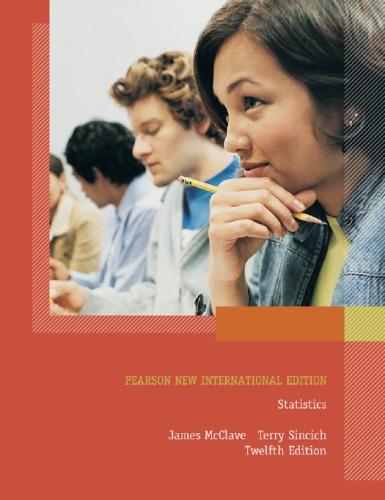94 Random mutation of cells. Chance (Spring 2010) presented an article on the random mutation hypothesis developed
Question:
94 Random mutation of cells. Chance (Spring 2010) presented an article on the random mutation hypothesis developed by microbiologists. Under this hypothesis, when a wildtype organic cell (e.g., a bacteria cell) divides, there is a chance that at least one of the two “daughter” cells is a mutant. When a mutant cell divides, both offspring will be mutant. The schematic below shows a possible pedigree from a single cell that has divided. Note that one
“daughter” cell is mutant ( ) and one is a normal cell (
).

a. Consider a single, normal cell that divides into two offspring. List the different possible pedi -
grees.
b. Assume that a “daughter” cell is equally likely to be mutant or normal. What is the probability that a single, normal cell that divides into two offspring will result in at least one mutant cell?
c. Now assume that the probability of a mutant “daughter”
cell is .2. What is the probability that a single, normal cell that divides into two offspring will result in at least one mutant cell?
d. The schematic below shows a possible second-generation pedigree from a single cell that has divided. Note that the first generation mutant cell automatically produces two mutant cells in the second generation.
List the different possible second generation pedigrees.
( Hint : Use your answer to part
a. )

e. Assume that a “daughter” cell is equally likely to be mutant or normal. What is the probability that a single, normal cell that divides into two offspring will result in at least one mutant cell after the second generation?
Step by Step Answer:







